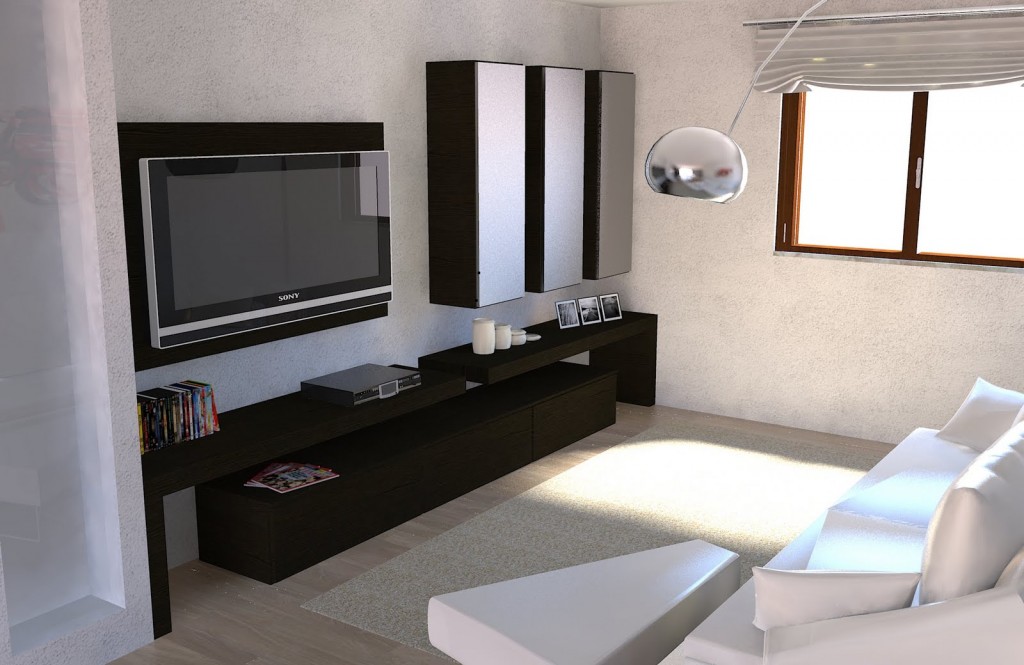Kitchen import offers homeowners and designers an exceptional range of variety and flexibility in design options, making it an increasingly popular choice for those looking to create a unique and personalized cooking space. One of the primary reasons kitchen import provides greater variety is the access it grants to global markets and styles. Unlike locally sourced products, imported kitchen materials and fixtures come from a wide array of countries, each bringing its own design aesthetics, craftsmanship techniques, and innovative technologies. This global reach allows consumers to select from a vast palette of materials, finishes, colors, and styles that may not be available domestically, thereby expanding the creative possibilities significantly. Moreover, kitchen imports often include products made by specialized manufacturers and artisans who focus on niche or luxury kitchen components. These imported goods can range from custom cabinetry, exotic countertops, and intricate tile designs to high-tech appliances and unique hardware. Importing kitchen elements, therefore, enables homeowners to incorporate statement pieces and cutting-edge innovations into their designs, blending traditional craftsmanship with modern trends for a highly tailored outcome.

Another compelling reason why kitchen import enhances design flexibility is the opportunity to mix and match components from different cultures and design schools. For example, a homeowner might combine sleek Scandinavian cabinetry with bold Italian countertops or integrate Japanese minimalist hardware with rustic French farmhouse sinks. This cross-cultural approach not only enriches the visual appeal but also allows for creative experimentation that can reflect personal tastes and lifestyle requirements. Importing materials removes the constraints imposed by local availability and opens the door to global inspiration and fusion design. The availability of customized options is also a significant factor contributing to the variety and flexibility offered by kitchen imports. Many international manufacturers provide bespoke services that allow clients to tailor dimensions, finishes, and functionalities according to specific needs. This level of customization helps in creating kitchens that perfectly fit the spatial constraints and functional demands of the household, while also aligning with aesthetic preferences. In contrast, mass-produced local products may offer fewer customization opportunities, making it challenging to achieve a truly personalized kitchen design.
Additionally, imported kitchen products often come with innovative features and advanced technologies that are sometimes ahead of local market trends. From smart appliances with integrated IoT connectivity to eco-friendly materials and sustainable manufacturing practices, kitchen import can introduce cutting-edge solutions that enhance kitchen performance, energy efficiency, and environmental impact. This technological edge provides designers and homeowners with greater flexibility in incorporating functionality alongside style, resulting in kitchens that are both beautiful and practical. Lastly, the competitive nature of the international kitchen market drives continuous innovation and variety. Manufacturers worldwide strive to differentiate their products through unique designs, superior quality, and innovative features to capture global buyers. This competition benefits consumers by expanding choices and pushing the boundaries of kitchen design possibilities. Importing kitchen products therefore taps into this dynamic market, offering unparalleled variety and flexibility that empower homeowners to create kitchens that are distinct, functional, and reflective of their personal vision.
